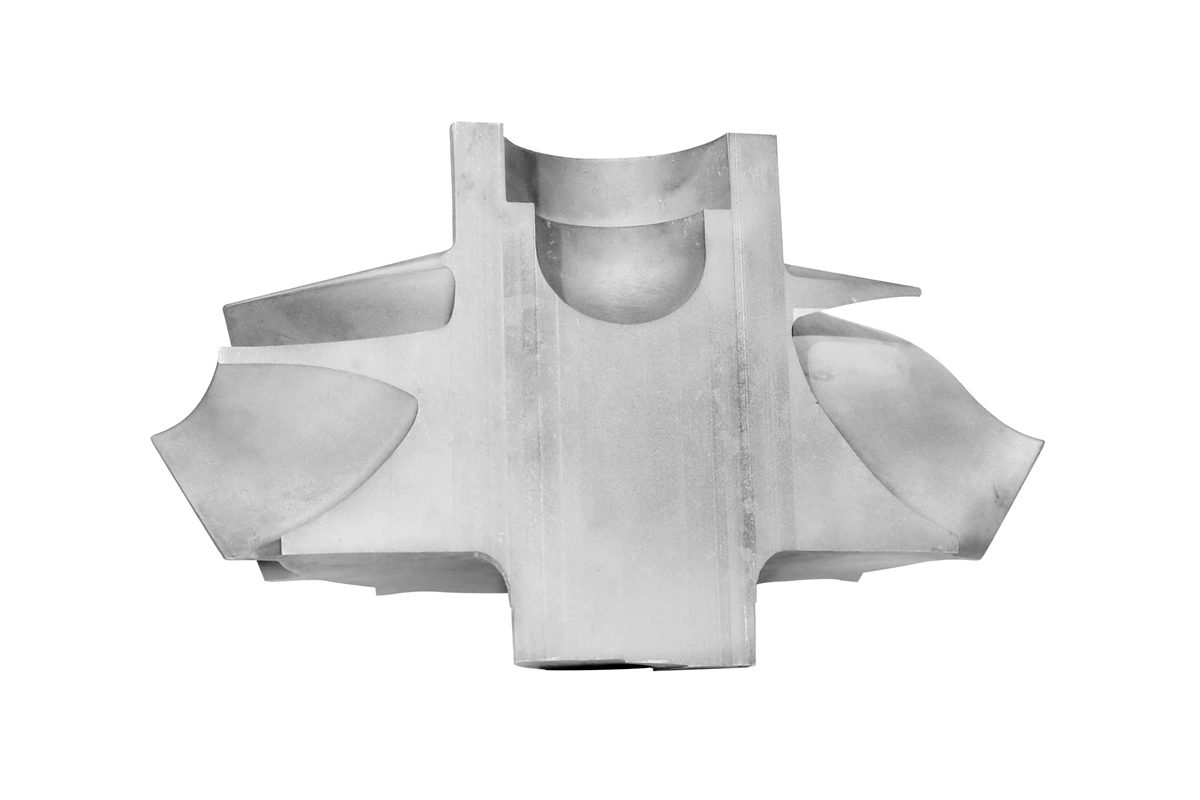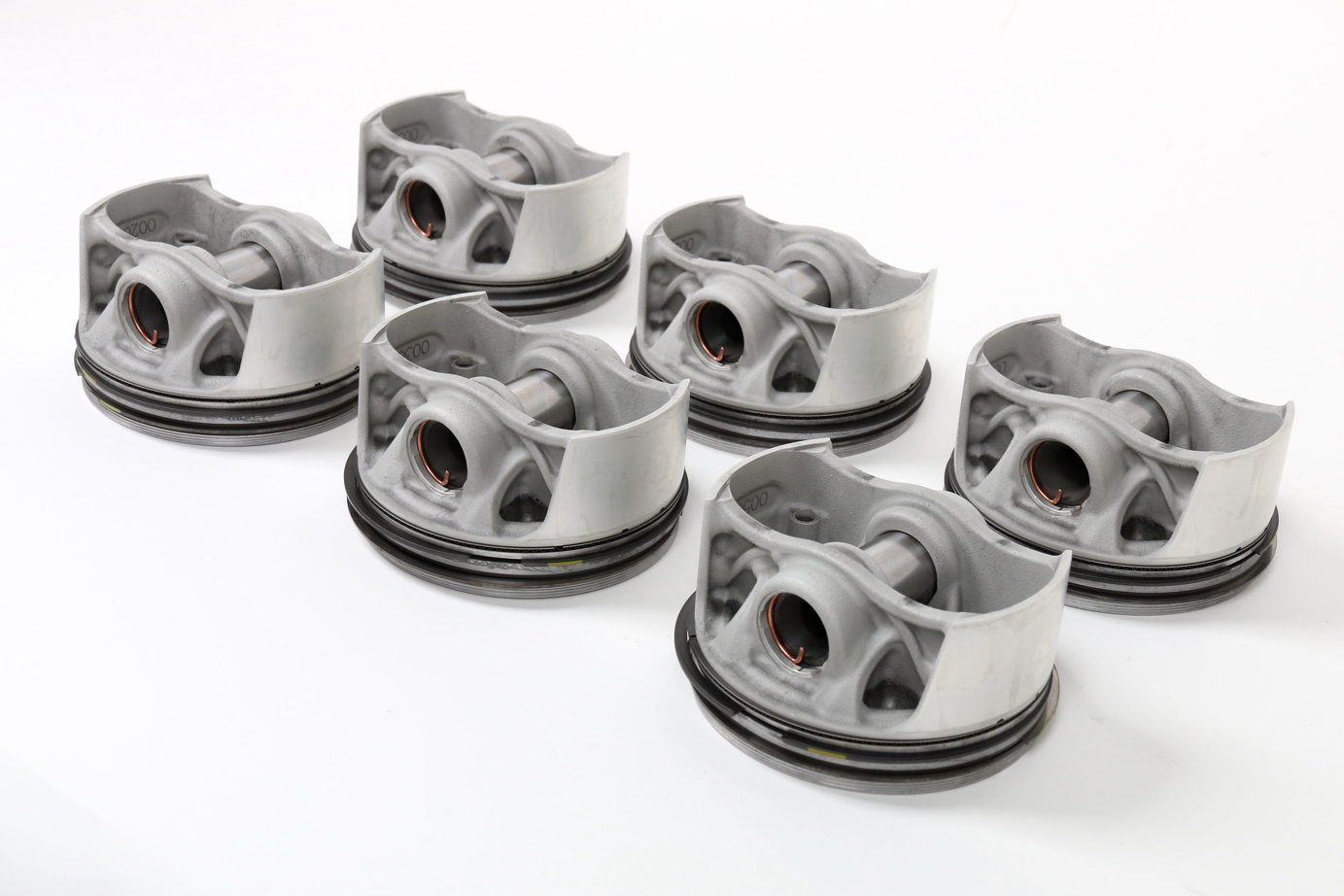How do manufacturing processes affect the performance of rocket engine modules?
The Impact of Manufacturing Processes on Rocket Engine Modules
The manufacturing processes used to produce rocket engine modules significantly impact their performance, durability, and overall functionality in high-stress, high-temperature environments. Key factors such as material properties, precision, and structural integrity depend heavily on the manufacturing techniques. Here's how various manufacturing processes affect the performance of rocket engine modules:

1. Casting (Vacuum Investment Casting, Superalloy Single Crystal Casting)
Effect on Performance: Casting processes, especially single crystal casting, are essential for creating turbine blades and other high-stress components that can withstand extreme temperatures and high centrifugal forces. Single crystal alloys, such as CMSX-10 or Inconel 718, offer superior resistance to thermal fatigue and creep because the absence of grain boundaries minimizes the material's susceptibility to stress and crack formation at high temperatures.
Impact on Durability: This method ensures that parts like turbine blades and combustion chamber liners have the optimal grain structure for strength, thermal resistance, and longevity under extreme operating conditions. Vacuum investment casting helps to maintain dimensional accuracy and reduce porosity, which is crucial for long-lasting components in rocket engines.
2. Forging (Superalloy Precision Forging, Isothermal Forging, Free Forging)
Effect on Performance: Forging produces dense, isotropic materials with improved mechanical properties compared to cast parts. It refines the grain structure and enhances strength, which is vital for components subject to high mechanical stresses, such as turbine disks or engine casings.
Impact on Durability: Forging increases rocket engine modules' fatigue resistance and impact toughness, making them more reliable during long-term use in environments with rapid temperature fluctuations and high mechanical loads.
3. CNC Machining (Superalloy CNC Machining)
Effect on Performance: CNC machining allows for precise shaping and finishing of parts like nozzles, engine housings, and valve components, ensuring that all dimensions are tolerable, promoting optimal flow and minimal resistance. Accuracy is crucial in minimizing turbulence and optimizing fuel combustion.
Impact on Durability: Proper machining ensures that no internal stresses or defects are introduced during production, which prevents fatigue failures in critical parts under extreme stress. The precision achieved through CNC machining plays a key role in the high performance of rocket engine components.
4. 3D Printing (Superalloy 3D Printing)
Effect on Performance: Additive manufacturing (3D printing) allows for complex geometries that would be difficult or impossible to achieve using traditional manufacturing methods. This enables the design of lightweight yet high-strength fuel injector components, exhaust nozzles, and heat shields that can withstand the high pressures and temperatures inside a rocket engine.
Impact on Durability: 3D printing can be used to create optimized parts with reduced weight and improved material properties, which is crucial in the aerospace industry, where every gram of weight savings improves overall efficiency. The flexibility of 3D printing enables the production of intricate and customized parts for rocket engines, reducing the complexity and cost of production.
5. Heat Treatment (Heat Treatment of Superalloy Parts)
Effect on Performance: Heat treatment processes, such as aging and solution treatment, enhance the material's strength, hardness, and resistance to oxidation. This process is vital for alloys like Inconel 718 and Hastelloy X, which must retain their properties at elevated temperatures.
Impact on Durability: Heat treatment significantly improves critical engine components' fatigue strength and overall performance, ensuring that parts can maintain their structural integrity and thermal properties over repeated heating and cooling cycles.
6. Welding and Joining (Superalloy Welding)
Effect on Performance: Welding is critical for joining components such as combustion chambers, turbine blades, and nozzle rings. The method used (e.g., gas tungsten arc welding, laser welding) can influence the microstructure and mechanical properties of the weld zone. Superalloy welding needs to maintain the parent material's strength and thermal resistance to ensure the joint's structural integrity.
Impact on Durability: Welding joints that are poorly executed or too large can introduce stress concentrations, weakening the material and leading to premature failure. Proper welding techniques ensure that joints are strong, reliable, and resistant to thermal fatigue, enhancing the durability of rocket engine components.
7. Hot Isostatic Pressing (HIP)
Effect on Performance: Hot isostatic pressing eliminates porosity in cast or sintered parts, increasing their density and improving mechanical properties. This process often produces high-performance gas turbine blades and other components subjected to high heat and pressure.
Impact on Durability: HIP increases the material’s resistance to cracking, fatigue, and corrosion, which is especially important for rocket engine modules subjected to intense pressure and thermal cycling. The density improvement achieved with HIP ensures that components perform reliably over their lifespan.
8. Surface Treatments (Thermal Barrier Coating, Surface Corrosion Resistance)
Effect on Performance: Thermal barrier coatings (TBC) and corrosion resistance coatings are often applied to external surfaces of rocket engine components, such as turbine blades and exhaust nozzles, to protect them from high temperatures and corrosive gases. TBCs, such as those made from zirconia, can reduce the heat load on underlying materials, allowing them to operate at higher temperatures.
Impact on Durability: These coatings improve the lifespan of engine components by preventing oxidation and reducing thermal stresses, ultimately enhancing the engine's overall performance. Surface treatments play a crucial role in maintaining the integrity of rocket engine parts exposed to harsh environmental conditions.
9. Inspection and Testing (Nondestructive Testing, CMM, SEM, etc.)
Effect on Performance: Accurate and thorough testing and inspection techniques such as CMM, SEM (Scanning Electron Microscopy), and X-ray testing ensure that any defects, such as cracks or inclusions, are detected before parts are assembled into the rocket engine. Ensuring defect-free components is critical for preventing failure during operation.
Impact on Durability: Nondestructive testing methods guarantee that only parts with optimal structural integrity make it into the final assembly, enhancing the reliability and safety of the engine under extreme operating conditions. The use of advanced testing ensures that any potential flaws are identified and mitigated before production.
Summary:
The manufacturing processes used in rocket engine modules directly influence the components' material properties, strength, and overall performance. Processes such as casting, forging, machining, 3D printing, and heat treatment ensure that the parts can withstand extreme conditions—high temperatures, mechanical stress, and rapid thermal cycling. Advanced inspection and testing techniques ensure that components meet the stringent requirements necessary for reliable performance in aerospace applications. Each step in the manufacturing process plays a vital role in delivering the performance and durability needed for rocket engine modules to succeed in their high-stakes missions.




